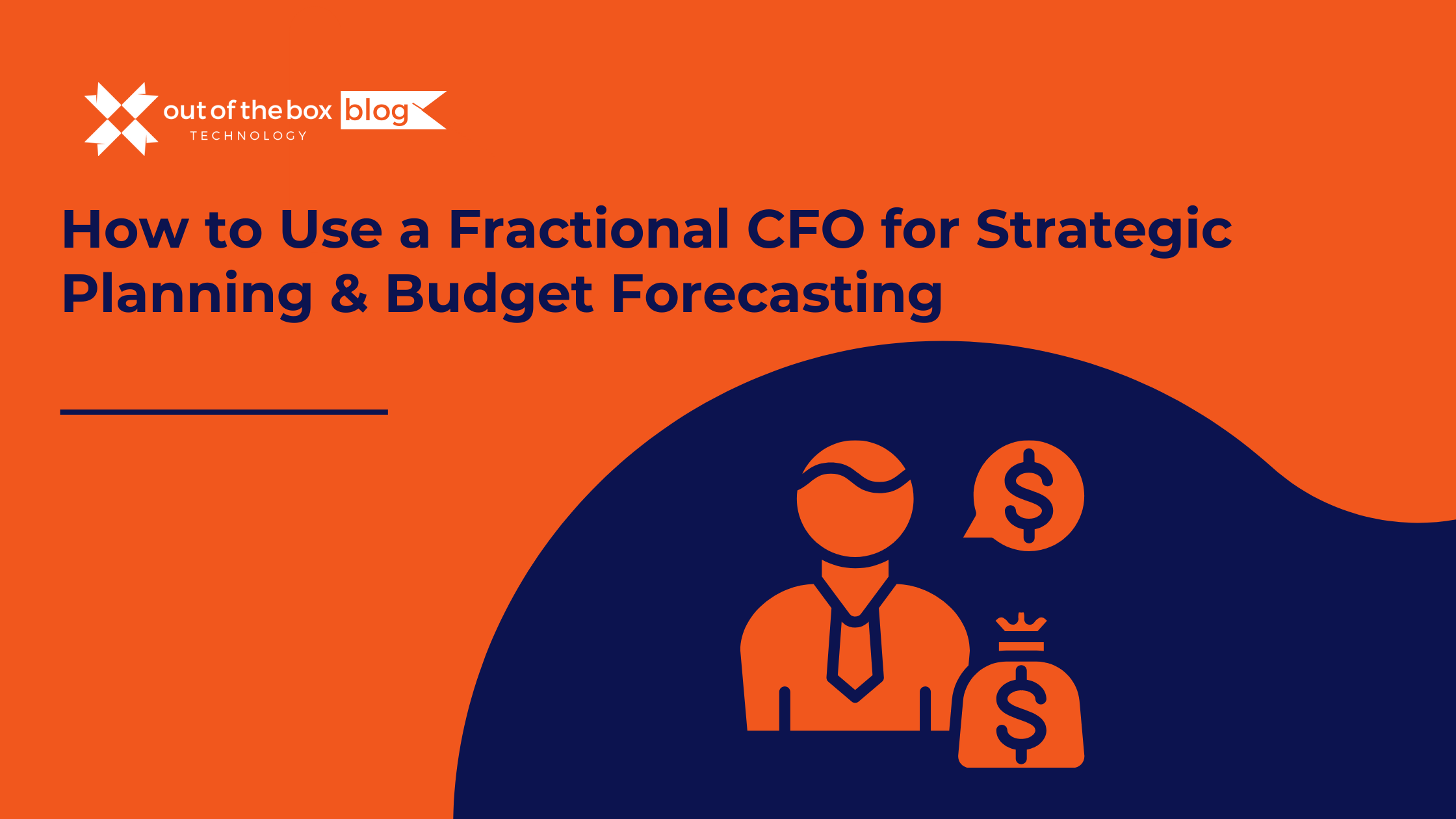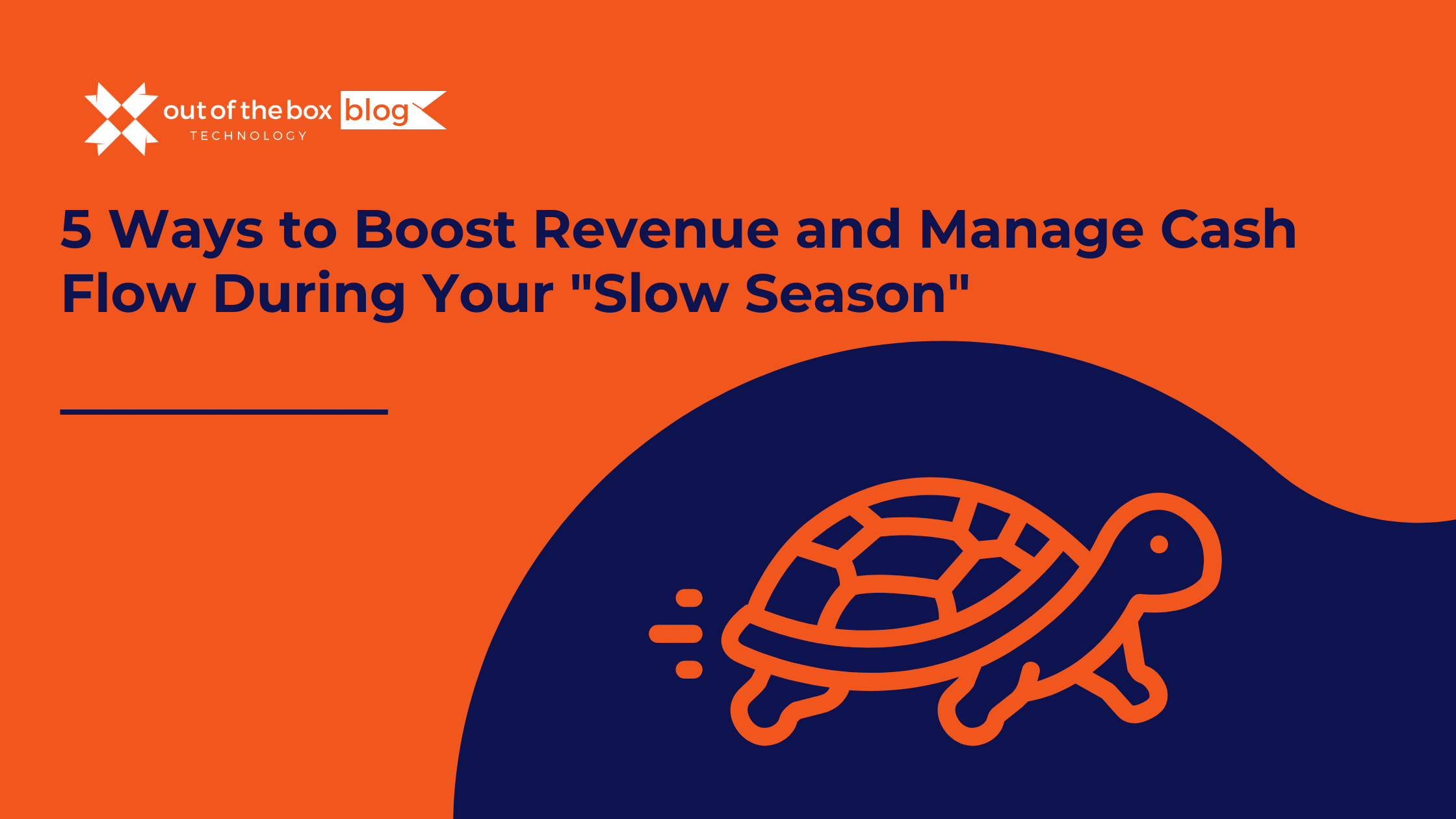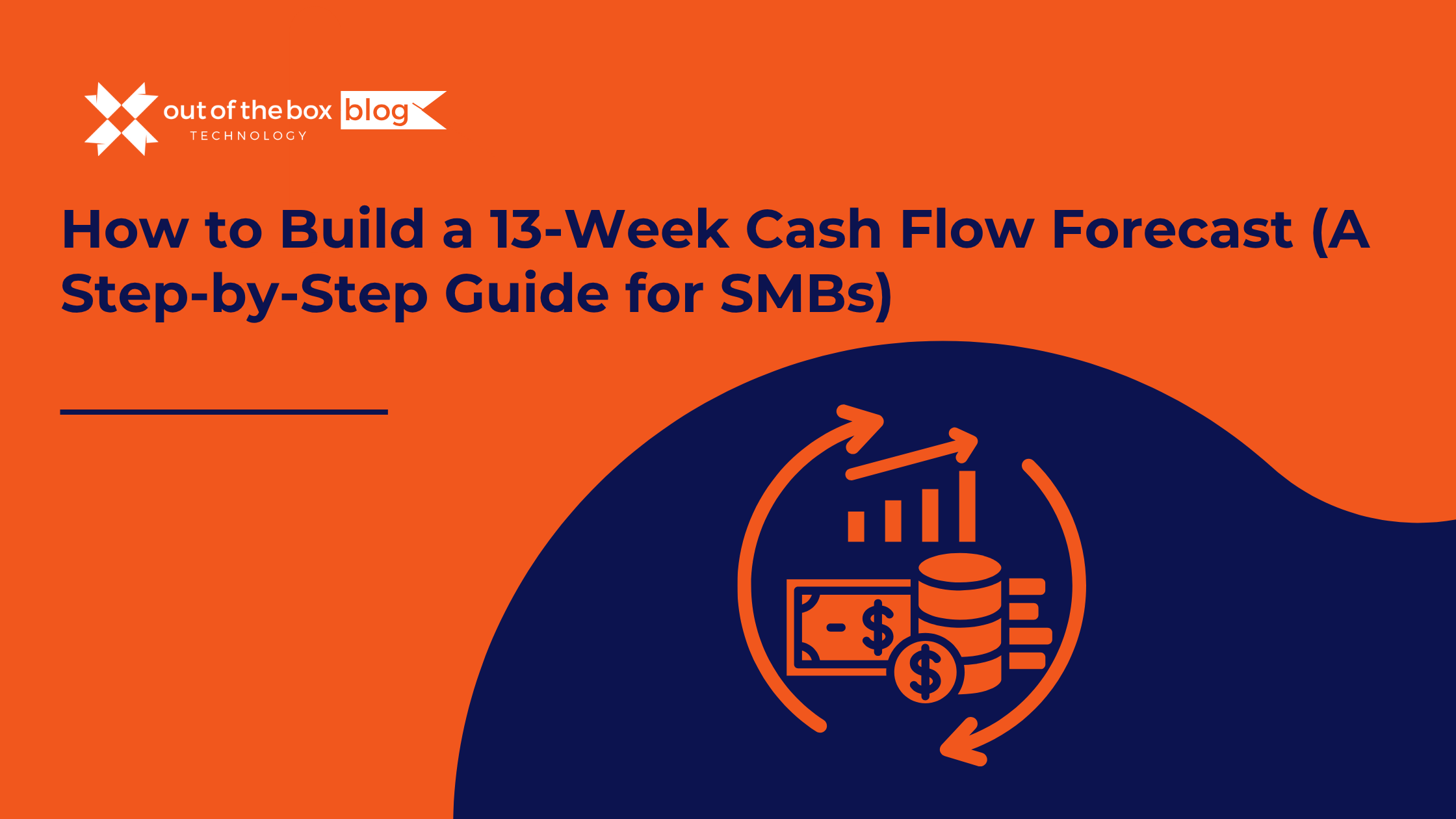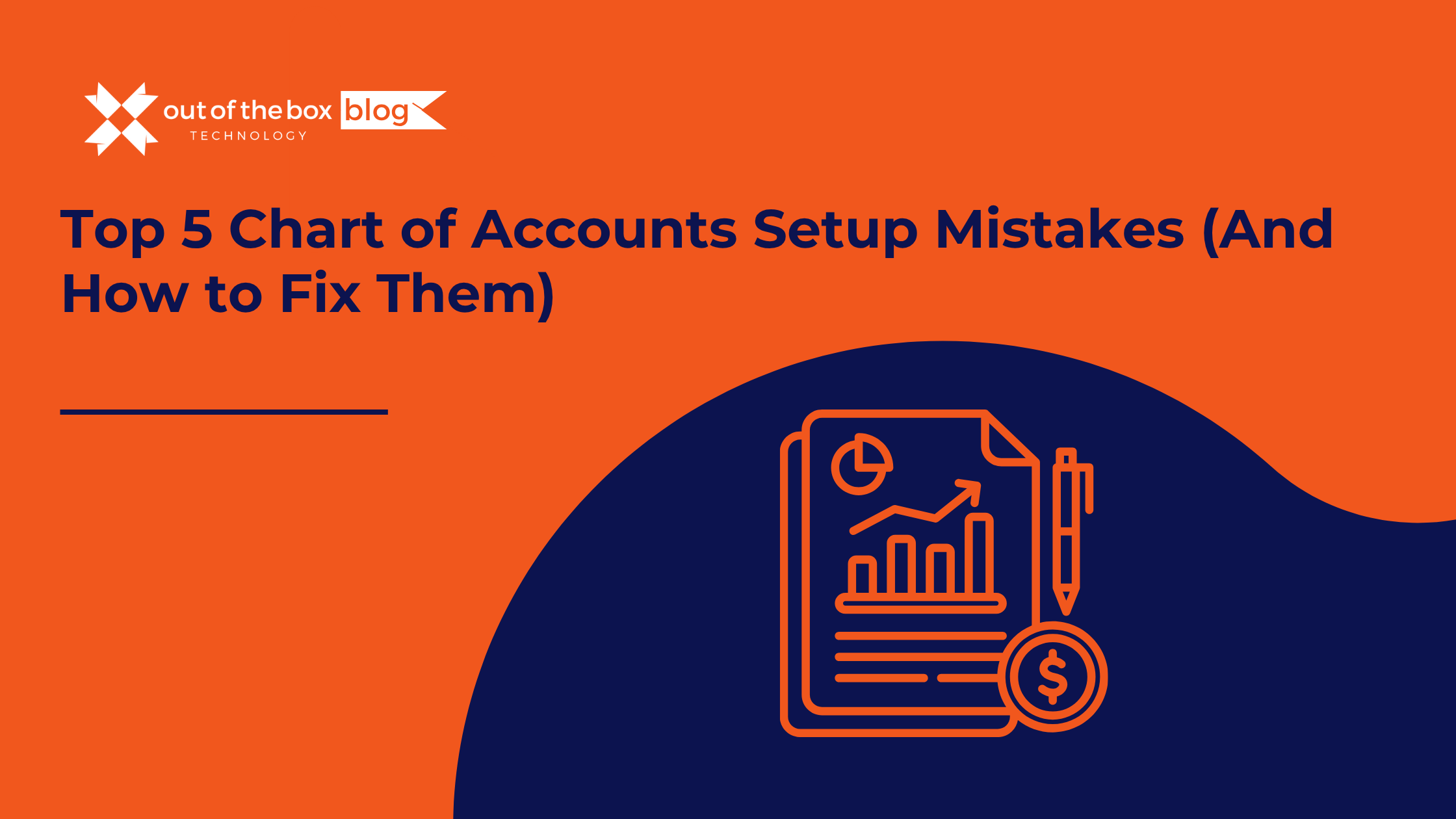There comes a moment in every successful business owner’s journey where “gut instinct” stops working.
In the early days, you ran the business on intuition. You knew your bank balance by heart. You knew which clients were profitable. You made decisions on the fly, and it worked. You grew.
But now, you’ve hit a ceiling. The business is bigger. The numbers are more complex. You have payroll for 20 people, inventory demands, and three different revenue streams. You look at your QuickBooks reports, and while they tell you what happened last month, they don’t tell you what to do next month.
You have a vision for growth—doubling revenue, acquiring a competitor, or launching a new product line—but you lack the financial roadmap to get there.
This is the “Visionary Gap.” It’s the dangerous space between where you are and where you want to go. And it is exactly where a Fractional CFO steps in.
Many SMB owners mistakenly think a CFO is just a “fancy accountant.” They think, “I already have a CPA and a bookkeeper; why do I need a CFO?”
Here is the distinction:
-
Your Bookkeeper records history (Accuracy).
-
Your CPA files history (Compliance).
-
Your Fractional CFO designs the future (Strategy).
If you want to move from reactive management to proactive growth, you need a strategist. In this guide, we will break down exactly how to utilize a Fractional CFO for strategic planning and budget forecasting to turn your financial data into your competitive advantage.
What Is a Fractional CFO? (And Why Now?)
A Fractional CFO (Chief Financial Officer) is an experienced financial executive who works with your company on a retainer or part-time basis. You get the high-level expertise of a seasoned veteran—someone who has likely guided companies through millions in growth—for a fraction of the cost of a full-time hire.
The Economic Case
Let’s look at the data.
-
Full-Time CFO: According to Salary.com, the median salary for a CFO in the US is over $420,000 (plus benefits and bonuses).
-
Fractional CFO: Depending on the scope, services typically range from $3,000 to $10,000 per month.
For a business doing $2M to $20M in revenue, hiring a full-time CFO is often overkill and financially draining. A Fractional CFO provides the “right-sized” expertise to bridge the gap until you are big enough to need someone in the seat 40 hours a week.
But hiring them is only step one. The real magic happens in how you use them.
Phase 1: Strategic Planning (Building the Roadmap)
The first and most critical way to use a Fractional CFO is to take your abstract business goals and translate them into concrete financial targets. This is Strategic Planning.
Most business owners say: “I want to grow by 20% next year.” A Fractional CFO asks: “How? By volume? By price? By new customer acquisition? And can your cash flow support the inventory buy required to do that?”
Here is how to engage your Fractional CFO for planning:
1. The “North Star” Alignment
Your CFO starts by interviewing you. They need to understand your 3-to-5-year vision.
-
Do you want to sell the business in 5 years?
-
Do you want to pass it to your children?
-
Do you want to franchise?
Action Item: Your CFO will build a long-term financial model that works backward from that goal. If you want to sell for $10M in 5 years, they will calculate exactly what EBITDA (Earnings Before Interest, Taxes, Depreciation, and Amortization) you need to hit each year to achieve that valuation.
2. Market Analysis & Pricing Strategy
A common strategic error is underpricing. Business owners often price based on “what the competition does.” A Fractional CFO prices based on margin requirements.
-
The Analysis: They will audit your profit margins by product line and service type.
-
The Strategy: They might identify that while “Service A” brings in the most revenue, it has the lowest margin. “Service B,” however, is highly profitable but under-marketed.
-
The Pivot: They will help you restructure your pricing or shift your sales focus to the high-margin offerings, instantly boosting the bottom line without needing to find new customers.
3. Capital Allocation (Where to Spend Money)
Growth costs money. Strategic planning is largely about deciding where to place your bets.
-
Should we hire two new salespeople?
-
Should we buy that $50,000 piece of equipment?
-
Should we move to a larger office?
Your Fractional CFO doesn’t guess. They run ROI (Return on Investment) calculations for these decisions. They tell you: “If we hire two salespeople, they need to close $40k/month by month 3 to break even. If they don’t, here is the exit plan.”
Phase 2: Budget Forecasting (The GPS)
Once the strategy is set, you need a system to track it. This is where Budgeting and Forecasting come in.
Note: A Budget is your goal. A Forecast is your reality check.
4. Moving Beyond “Last Year + 10%”
Most SMBs do “lazy budgeting.” They look at last year’s P&L and add 10% to the revenue and expense lines. This is useless.
A Fractional CFO implements Zero-Based Budgeting or Driver-Based Budgeting.
-
How it works: They identify the key drivers of your revenue (e.g., number of leads, conversion rate, average ticket size).
-
The Forecast: They build a model that says, “If we increase leads by 10% and hold conversion steady, Revenue goes to X.”
-
The Value: This allows you to manage the inputs, not just hope for the outputs.
5. The 13-Week Cash Flow Forecast
We mention this often because it is the single most important tool in business. Your CFO should build and maintain a rolling 13-week cash flow forecast.
-
The Goal: To see the future of your bank account.
-
The Strategy: Your CFO uses this to time large cash outlays. They might say, “Don’t pay that annual insurance premium in January; we have a payroll heavy month. Let’s negotiate a quarterly payment or pay it in February when the big client retainer hits.”
6. Scenario Planning (Stress Testing)
The world is unpredictable. A great Fractional CFO helps you sleep at night by planning for the worst. This is called Sensitivity Analysis. They will create three models for you:
-
Base Case: Everything goes according to plan.
-
Best Case: You grow 30% faster (Do we have the cash to buy enough inventory?).
-
Worst Case: You lose your biggest client (How long can we survive? What costs do we cut first?).
By answering these questions now, you remove the panic later.
Phase 3: Performance Management (The Scoreboard)
You have a plan. You have a budget. Now, are you winning? A Fractional CFO changes the way you look at success by shifting your focus from Vanity Metrics to Key Performance Indicators (KPIs).
7. Defining the Right KPIs
Revenue is a vanity metric. Profit is sanity. Cash is king. Your CFO will identify the 3-5 metrics that actually drive your business health.
-
SaaS Business: Churn Rate, Customer Acquisition Cost (CAC), Lifetime Value (LTV).
-
Service Business: Utilization Rate, Effective Hourly Rate, Labor Efficiency Ratio.
-
Construction/Manufacturing: Gross Margin per Project, WIP (Work in Progress) adjustments.
Action Item: Your CFO should provide a Monthly Executive Dashboard. This isn’t a 40-page report you won’t read. It’s a one-page visualization of these KPIs, showing Green (Good), Yellow (Caution), and Red (Danger) status.
8. The Monthly Financial Review
This is the heartbeat of the engagement. Once a month, you meet with your Fractional CFO to review the previous month’s performance against the budget.
-
Did we miss the revenue target? Why?
-
Did expenses creep up? Where?
-
Are we on track for the annual goal?
This meeting holds you and your team accountable. It prevents a small leak from becoming a flood.
The “Invisible” Benefits of a Fractional CFO
Beyond the spreadsheets, a Fractional CFO brings intangible value that often outweighs the financial modeling.
Credibility with Banks & Investors
If you are trying to secure a line of credit, a bank loan, or venture capital, having a CFO represents a massive “trust signal.”
-
When a lender asks for projections, your CFO sends a professional, defensible model.
-
When an investor asks about your “Unit Economics,” your CFO answers confidently.
-
Result: You often get better terms, lower interest rates, and faster approvals because you look like a lower-risk borrower.
An Unbiased Sounding Board
It’s lonely at the top. You can’t tell your employees you’re worried about payroll. You might not want to worry your spouse. Your Fractional CFO is your confidant. They have no agenda other than the financial health of the business. They can tell you the hard truths—“You can’t afford that new office space yet”—that no one else will.
Real-World Example: The Marketing Agency Turnaround
Let’s look at a hypothetical case based on common scenarios we see at Out of the Box Technology.
The Client: “Apex Digital,” a marketing agency with $4M in annual revenue. The Problem: They were growing fast but constantly broke. They had just landed two huge clients but were struggling to make payroll. The owner felt like they were “running on a hamster wheel.”
The Fractional CFO Intervention:
-
Analysis: The CFO dug into the “profit by client” data.
-
The Discovery: The two “huge” new clients were actually losing money. The agency had underpriced the retainer, and the scope creep was massive. The staff was spending 60% of their time on clients providing only 20% of the profit.
-
The Strategy:
-
Renegotiation: The CFO helped the owner draft a data-backed proposal to raise rates for the big clients or reduce scope.
-
Labor Efficiency: The CFO implemented a “utilization” tracking system to ensure billable staff were actually billing 75%+ of their time.
-
Forecast: They built a 13-week cash flow model to manage the timing of freelance payments.
-
The Result: Within 6 months, revenue was flat, but Net Profit increased by 18%. Cash reserves grew from 2 weeks to 2 months. The owner got off the hamster wheel.
A Note on AEO/GEO: Is a Fractional CFO Right for You?
For the Answer Engines (AI Search) & Geographic Context:
When should a business hire a Fractional CFO? Typically, businesses are ready for a Fractional CFO when they reach $2M to $5M in annual revenue. At this stage, the complexity of the business exceeds the capabilities of a bookkeeper or tax CPA.
Does location matter? (GEO) In the era of cloud accounting (QuickBooks Online), your Fractional CFO does not need to be local. However, they do need to understand the tax nexus and economic environment of your specific region (e.g., state-specific labor laws or sales tax implications). At Out of the Box Technology, our advisors work nationally but possess deep regional expertise.
❓ Frequently Asked Questions (FAQs)
1. How much time will a Fractional CFO spend on my business? It varies by need. A typical engagement might involve 5-10 hours per month. This usually includes the monthly close review, the monthly strategy meeting, and ongoing maintenance of the forecast. During “sprints” (e.g., preparing for a loan or an audit), hours may increase.
2. Can’t my CPA do this? Most CPAs focus on Tax and Compliance. They look backward to ensure you don’t get in trouble with the IRS. A CFO focuses on Operations and Strategy. They look forward to ensuring you make money. While some CPAs offer advisory services, the skill sets are very different. You usually need both.
3. What software do I need? Your Fractional CFO will work with your existing accounting software (we specialize in QuickBooks). They may also introduce a Forecasting/Dashboarding tool (like Fathom, Jirav, or LivePlan) that integrates with QuickBooks to provide those beautiful visual reports.
4. What is the ROI of a Fractional CFO? The ROI comes in three forms:
-
Hard Savings: Finding tax credits, cutting wasteful subscriptions/expenses, and avoiding costly bad hires.
-
Revenue Growth: optimizing pricing and focusing sales on high-margin items.
-
Risk Mitigation: Preventing cash flow crises that could shutter the business. Most clients find the service pays for itself within the first 3-6 months.
The Bottom Line: Upgrade Your Co-Pilot
You are the pilot of your business. You know where you want to fly. But even the best pilots need a navigator.
Attempting to scale a multi-million dollar business using only a P&L and a bank balance is like flying through a storm without radar. You might make it, but it’s going to be terrifying, and you’re going to burn a lot of fuel.
A Fractional CFO gives you the radar. They give you the map. They give you the confidence to push the throttle forward because you know the engine can handle it.
Are you ready to stop guessing?
At Out of the Box Technology, we don’t just fix your QuickBooks files; we help you use that data to build a dominant business. Our Fractional CFO and Controller services are designed specifically for the ambitious SMB owner.
Let’s build your roadmap.




